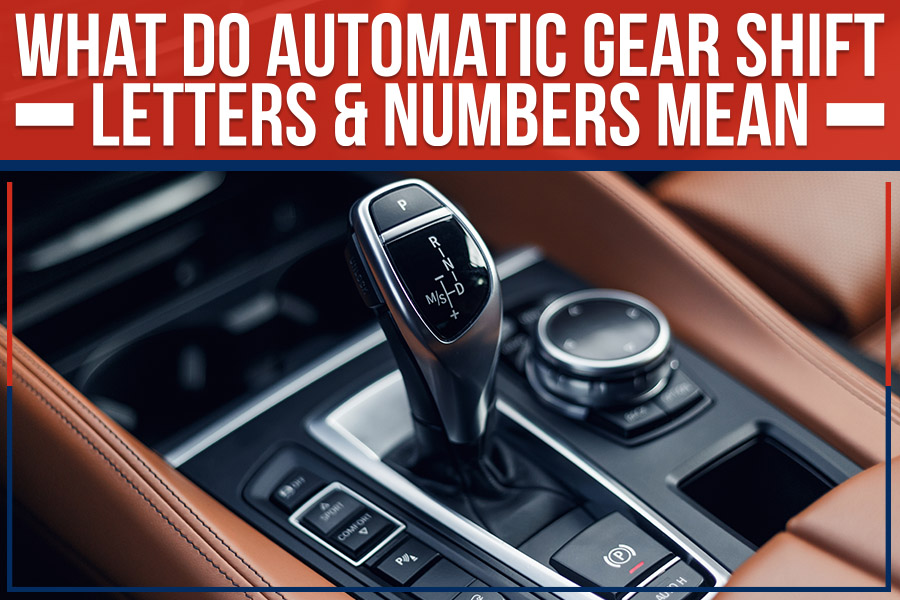
Have you ever looked at your gear shift and seen the letters or numbers next to the gear? Wondered what it means? You’re not alone. Many people don’t know what the different markings mean, but we’re here to help. Today, we’ll explain the meanings of automatic gearshift letters and numbers. Stay tuned!
What Are the Symbols of an Automatic Transmission?
An automatic transmission has a few different symbols that tell the driver what position the vehicle is in. There are letters P, R, N, D, and L. You might also see numbers 1, 2, 3, or 4.
P stands for Park. This is the position the car should be in when you’re stopped and getting out of the car. It locks the transmission, so the car doesn’t roll away. Make sure your parking brake is on before putting your car into this position.
R is for Reverse. Use this position when you’re backing up. The engine speed will be lower in reverse than any other gear, so don’t give it too much gas, or you could spin the tires.
Neutral is just what it sounds like. The car isn’t in gear, so it will roll if you’re on a hill and not touching the gas or brakes. You would use this position when you’re stopped for an extended period or getting the car towed.
Drive is the position you use when you’re driving forward. As you speed up, the car will automatically shift between first, second, third, and fourth gears.
Low gear is similar to drive, but it starts in first gear. You would use this position when you’re going down a steep hill or need more power to get up a hill.
How to Shift Gears on an Automatic Transmission?
To change gears, press the brake and then move the gear shift. If you’re moving from Park to drive, press the brake and then move the gear shift to the drive position. You’ll feel the car start to move as soon as you take your foot off the brake.
To change gears while driving, press the brake and then move the gear shift. For example, if you want to shift from drive to low gear, press the brake and then move the gear shift to the low gear position.
To park, first bring the car to a stop. Then press the brake and move the gear shift into the park position. Once you park, you can turn off the engine.
Feldman Chevrolet of Lansing, serving Dewitt, MI, is the best place to take your car for all transmission-related needs. We have a team of experts who can help you with everything from automatic gear shift letters and numbers to repairing any problems with your automatic transmission. Schedule a service today, and let us take care of everything for you!
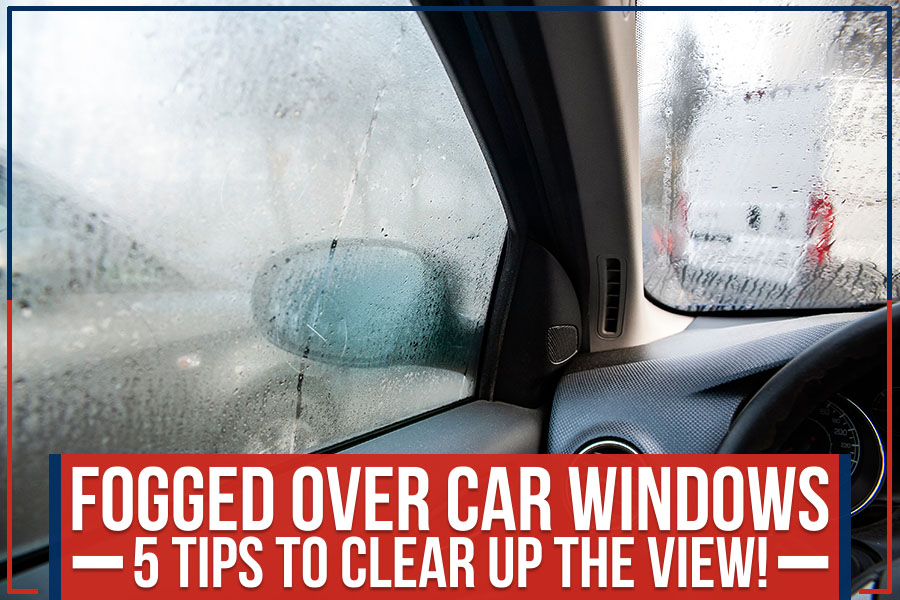
A hot, foggy day can be a drag, especially when driving and your car windows start to fog up. This can make it challenging to see the road ahead and is a safety hazard.
Fortunately, you can do a few things to prevent your car windows from fogging up.
In this blog post, we will release 5 tips from the experts on how to keep your car windows fog-free and safe!
No. 1: Dirt Spells Danger
If you’re a bit behind on interior car cleaning, your windows are too. A dust or dirt layer can cause your windows to fog up more. The moisture in the air condenses on dirty surfaces rather than on clean glass.
So, one of the easiest ways to prevent your car windows and windscreen from fogging up is to give them a good wipe!
No. 2: Anti-Fogging Arsenal
After cleaning your windows and windscreen, you’ll want to take extra measures to stop the fogging. You can buy anti-fog solutions from most car care or hardware stores.
These work on the inside of your windows and windscreen and help prevent moisture from condensing on the glass. Be sure to read the instructions carefully before use, as some solutions can harm your car’s upholstery or paintwork.
No. 3: Looks Like Leaking
A hidden cause of foggy car windows can be a leak in your car’s cooling system. If you notice that your windows are steaming up more than usual, it’s worth taking your car to an auto mechanic to have it checked out.
A small coolant leak can quickly become a big problem, so it’s best to nip it in the bud as soon as possible. Foggy windows are one thing, but a broken-down car in the middle of the road is entirely different!
No. 4: Coffee and Condensation
Damp items in your car, like coffee cups or wet umbrellas, can also cause the windows to fog up. When you bring these items into your car, put them on a mat or towel so they don’t come into direct contact with surfaces.
This will help absorb any moisture and prevent it from making your windows foggy.
Better yet, try to avoid bringing these items into your car altogether. If you know you’ll be getting in and out of the car a lot, it might be best to leave them at home.
No. 5: The Silica Secret
Do you ever wonder about those secret little packages with new shoes or electronics? They’re silica gel packets, which can help prevent your windows from fogging up.
Just put a few dehumidifier packets in your car and place them on the dashboard or somewhere else where they won’t be in the way. You’ll be surprised how well they work at keeping your windows clear.
Conclusion
With these tips, you’re well on your way to fog-free windows all year. But if you find yourself stuck in a pinch and need professional help, remember the experts at Feldman Chevrolet of Lansing, serving Holland, MI.
6 Hacks To Remove Scratches From A Car
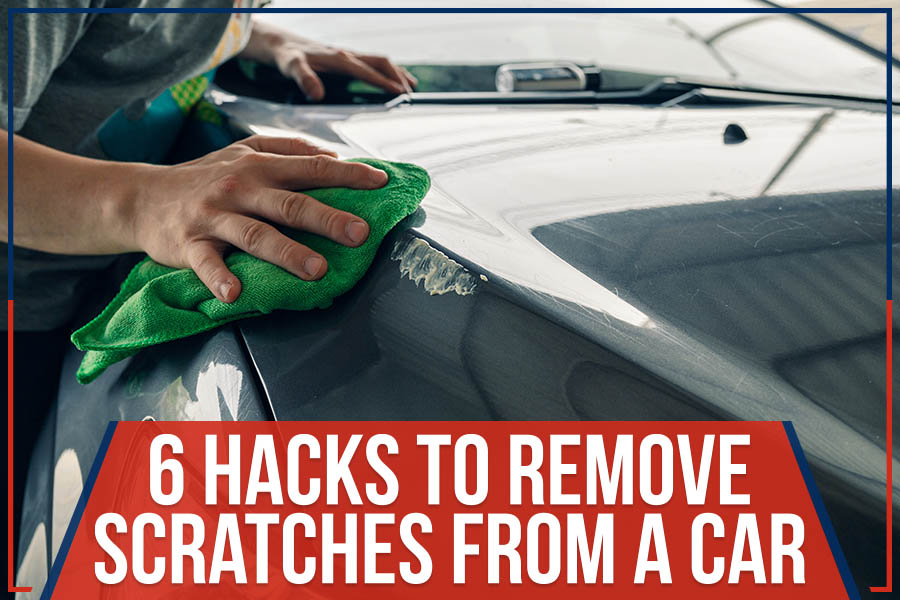
As a car owner, you know that scratches are inevitable. They can occur anytime, from something as minor as keys in your pocket to a wayward rock on the road. Luckily, there are many ways to remove scratches from a car without taking it into a shop. This blog post outlines six easy car scratch removal methods using materials lying around your house.
1) Use Toothpaste –
Yes, toothpaste! The abrasiveness in toothpaste helps to smooth out the scratch. Apply toothpaste to a clean microfiber towel and rub it into the scratch in a circular motion. Rinse with water and dry.
2) Use Nail Polish –
For deep car scratches, you can try using clear nail polish. Apply the nail polish and allow it to dry. Once it is dry, buff away any excess with a clean cloth; remember to use a nail polish that is the color of your ride.
3) Use Baking Soda –
You can create a car scratch removing paste using baking soda and water. Apply the paste to the scratch with a clean cloth and rub it using circular motions. Rinse with water and dry.
4) Use Vinegar –
You can also use a vinegar solution to remove car scratches. Combine and mix water and vinegar in a bowl. Soak a clean cloth in the solution and then use it to rub the scratch. Rinse with water and dry when finished.
5) Use a Commercial Scratch Removal Product –
You can purchase a commercial scratch removal product from any auto supply store. These products are generally available in a kit that includes everything you need to remove the scratch. Follow the instructions the kit mentions & try to avoid those budget kit because they will only make matters worse for the car & the paint shop later on!
6) Contact a Professional for Scratch Repair –
When all else fails, contact a professional for scratch repair. Deep scratches may require sanding and repainting, which is a job best left to the professionals. Professionals use proper tools and equipment to ensure proper job completion. They will also be able to color match the paint so that the repair is nearly undetectable.
Professional scratch repair jobs also come with a warranty, so if the scratch reappears, you can take the car back, and they will fix it for free. And you can also get more practical advice on how to remediate & maintain post-scratch car paint.
It’s a shame when a car that looks great on the inside has scratches and blemishes on the paint. Not only do they ruin your car’s look, but they can also decrease its value if you ever decide to sell it.
Feldman Chevrolet of Lansing, serving Muskegon, MI, offers quality car scratch removal services. We can help you restore your ride’s look, and we’ll even work with your insurance company to ensure the repair is as hassle-free as possible.
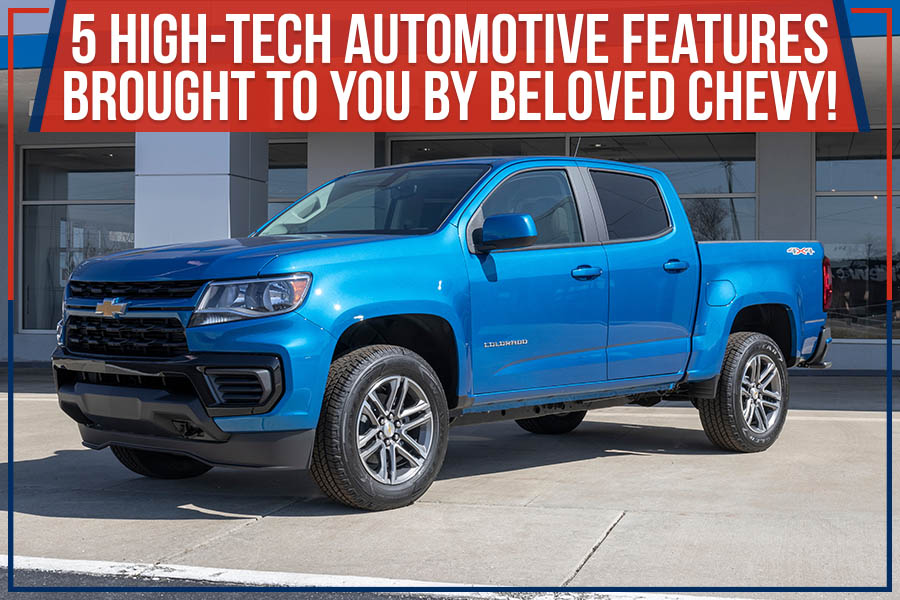
Some people love cars for their speed, power, or beauty. But for many car enthusiasts, the absolute joy of a vehicle comes from the features and technologies that make it unique.
Whether it’s a flashy entertainment system in the dash or the latest high safety tech, there’s always something new & exciting to add to your ride. If you’re looking for a new ride, why not get your hands on the one that offers one or more of 2022’s most hyped car technologies.
Here’s a look at what you can expect to find on the market:
Autonomous Parking:
Parking tickets for terrible parallel parking jobs is a past thing with autonomous parking tech. This futuristic feature is designed to make parking effortless. You can find this high-tech feature in Chevy Silverado.
Front and Rear Park Assist employs multiple ultrasonic sensors positioned along with your front and back bumpers.
When you’re driving at slow speeds, the sensors can detect objects up to 8 feet behind your car and 4 feet in front of it.
The Rear Park Assist System control or, in particular cars, the vehicle Settings menu can be used to switch this function between ON and OF.
Teen Driver Technology:
We all have enthusiastic and inexperienced teenage drivers in our homes. Thankfully, carmakers have stepped up to ensure they’re as safe as possible when behind the wheel.
Chevy is one of the few automobile manufacturers to provide Teen Driver technology in all vehicles. Teen Driver is a free built-in system that teaches young drivers to acquire safe driving habits while behind the wheel.
Chevrolet Traverse, Malibu, and the Chevy Colorado all come standard with Teen Driver.
Lane Keep Assist with Lane Departure Warning:
Counting amongst the most dangerous things a driver can do is drift out of their lane – could be under the influence, or drowsiness from fatigue – and that never bodes well.
Lane Keep Assist is a high-tech feature that uses sensors to detect when you’re veering out of your lane. If a vehicle begins to drift from its lane, the system will provide gentle steering input to help keep them in its lane.
It’s a great way to avoid accidents, and it’s available on many different Chevrolet models. Chevy Safety Assist includes:
- Automatic Emergency Braking
- Lane Keep Assist with Lane Departure Warning
- Front Pedestrian Braking
- IntelliBeam Headlamps
All trims on Chevrolet Traverse have Chevy Saftey Assist.
Wireless Smartphone Charging and Connectivity:
We don’t move too far from our smartphones these days. That’s why Chevrolet offers wireless charging and smartphone connectivity on many models.
The largely popular myChevrolet Mobile App allows you to start your car, lock your doors, and even honk the horn – all from your smartphone.
Plus, with Apple CarPlay & Android Auto, you can use many of your smartphone’s applications, like music and navigation, right on your car’s display.
Chevy Equinox 2022 has a new feature that allows for hands-free calling and texting and keeps your phone charged.
Blind Spot View Mirror:
Have you ever been driving and tried to change lanes, only to realize there was a car in your blind spot?
The Blind Spot View Mirror is a new technology that can help give you some peace of mind while on the road.
This mirror is designed to give you a clear view of what’s in your blind spot to make informed decisions about changing lanes.
Conclusion:
Feldman Chevrolet of Lansing, serving Portland, MI, has a wide selection of new Chevrolet models for you to choose from.
Whether you’re looking for a new car with the latest tech features or a simple and reliable mode of transportation, we have something for everyone.
Please stop by our dealership today, and don’t forget to check out our specials and financing offers!

When it comes time to buy a new car, many people feel overwhelmed. How can you know for sure that you’ve made the best decision? There’s no surefire answer, but taking a test drive is always good. Here are 7 tips to provide the best plan for your next test drive.
Step 1: Do Your Homework
Test driving is only half the fun – the other half is researching which car is right for you. Before you even pop into a dealership, you should have a good idea of what kind of car you want. Read reviews, compare prices, and narrow your choices to a few models that fit your budget and needs.
Step 2: Make a List
Not everything comes to mind when you’re already in driving mode. Make sure you brainstorm a list of things to test before you hit the road. This can include features (like heated seats or a sunroof), tech gadgets (like Bluetooth connectivity or lane departure warnings), and even simple things like backseat space for your car seat or legs.
Step 3: What’s the Fuel?
This step is critical for anyone who’s not just looking for a fast car but a practical one too. Make sure you understand what kind of fuel your prospective ride takes so you can factor fuel costs into your budget.
Pinpoint where the nearest charging stations are to avoid getting stranded if you’re looking at electric cars. Moreover, you’ll want to watch the fuel economy ratings when you’re test driving different cars. The last thing anyone needs is to end up with a gas guzzler!
Step 4: Start Sleuthing
Before you strap in for a ride, take your time to sleuth around the exterior and interior of the car. Make sure you check for any dents, scratches, or other damages. Once you’re satisfied with the car’s condition, hop in and get comfortable.
Step 5: Keep Your License
Most dealerships will photocopy your license before you test any wheels. We advise you to bring your copy and get it back and destroy it. Identity theft is no joking matter, and while not every dealership is suspicious, it’s best to be cautious.
Step 6: Make It a Few Dates
You heard that right! We don’t recommend just scheduling one drive for one car. Instead, book several appointments so that you can test out a few different models. This is the only way you’ll be able to find what suits your needs truly.
Step 7: Put It to the Test
The test driving process is key to deciding whether or not a car is a right fit for you. Once you have your list of cars, it’s time to start putting them through their paces. Choose areas you regularly pass through, like highways or areas with stop-and-go traffic or bumpy roads, to understand how the car will handle different conditions.
Conclusion
If you find these tips helpful and would like to put them into practice, reach out to us at Feldman Chevrolet of Lansing, serving Marshall, MI. We serve the area with an impressive selection and would be happy to guide you through the process and find you the car of your dreams.
8 Ways You Can Enhance Your Car’s Trade-In Value

If you’re in the market to trade in your current car for a new one, it’s essential to do everything you can to maximize your car’s trade-in value. Here are X ways to boost your car’s trade-in value and get the most money for it when you sell.
1) Bring the Maintenance Up to Speed –
We’re not asking you to revamp the entire vehicle. But if you’re overdue for routine maintenance, get it done before bringing your car in for a trade-in. This shows potential buyers that you’ve taken care of the car and helps increase its value.
2) Clean It Up –
A clean car’s always worth more than a dirty one. Be sure to give your car a good wash and wax before taking it to trade. If your car has any cosmetic damage, it is time to fix it. Dents, scratches, and other minor body damage can all decrease the value of your car, so it’s best to repair them before trading the car in. This will make it look its best and help you get top dollar for it.
3) Don’t Forget About the Interior –
Vacuum the interior and wipe down all the hard surfaces. A clean interior will make your car much more appealing to potential buyers and help you get a higher trade-in value.
4) Get an Inspection –
A detailed inspection will allow you to determine any potential problems decreasing your car’s value. It is always best to fix this problem before taking the car in for trade. You can also figure out your ride’s approximate value and get an idea of what’s trending in the market currently.
5) Get All Service Documents –
If you have kept up with the car’s maintenance, get all service documents together. This will show the potential buyer that the car has been well cared for and help you get a higher trade-in value.
6) Upgrade Tires and Engine –
Replace old and worn-out tires, and upgrade to new ones. This will give the car a much-needed facelift. Consider upgrading the engine as well. A modified engine attracts better value than a stock one.
7) Get a Car Detail –
A car detail can work wonders in making your car look new again. Cleaning and polishing the interior and exterior give it that showroom shine making it more attractive to buyers.
8) Invest in Advertising –
If you want to attract top dollar, invest in some advertising for your car. You can run ads in local newspapers or online classifieds websites. Marketing efforts will help you reach a larger audience and get more people interested in your car.
It’s no secret that a well-maintained car is worth more than one that isn’t taken care of. Here at Feldman Chevrolet of Lansing, serving Kalamazoo, MI, we want to help you maximize the car value when you trade it in. Whether you require an oil change or a new set of tires, our team can help ensure your car looks and runs its best.
Schedule a service with us today and see how your car’s value increases!
5 Things To Do To Improve Your Car’s Gas Mileage
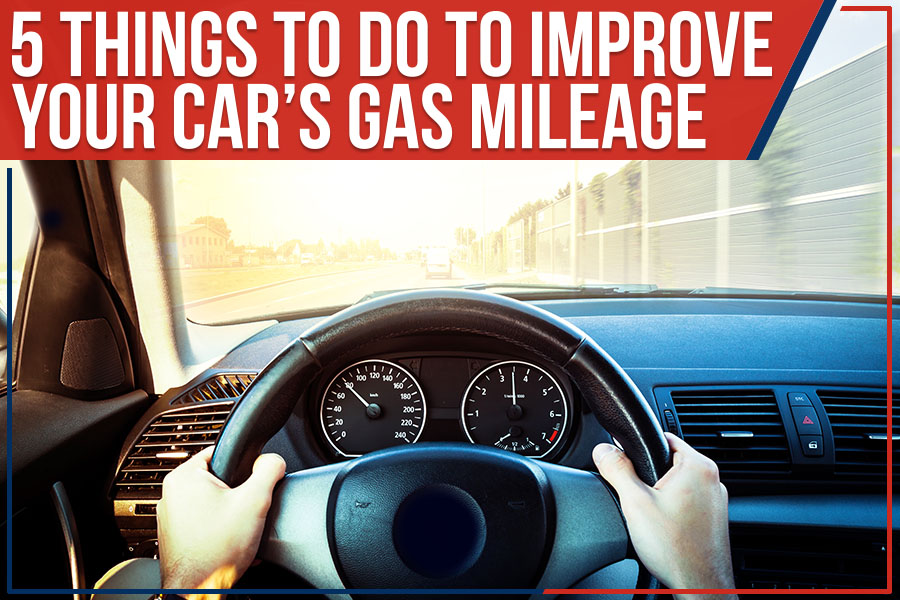
Although buying a new car might seem like the answer to your gas mileage woes, you can do several things to improve the fuel efficiency of your current vehicle. These tips are simple and cost-effective, meaning you can start seeing results without breaking the bank. So, if you’re looking to make your car more fuel-efficient, read on for some great ideas.
Feldman Chevrolet of Lansing, serving Owosso, MI, is a leading automobile dealership and service center. Bring your Chevrolet for excellent car maintenance services.
Check Your Wheel Alignment
When a car’s wheels are out of alignment, it can significantly impact your gas mileage. When your wheels are misaligned, your car must work harder to move down the road. This increase in effort can lead to increased fuel consumption, so it’s worth getting it checked out if you think your wheel alignment might be off.
Keep Your Tires Inflated
Another simple way to improve your car’s gas mileage is to ensure your tires are properly inflated. When tires are underinflated, they create more resistance on the road, so your engine has to work harder to move the car forward. Use a pressure gauge to check tire pressure (most gas stations have one you can use for free) and inflate them to the recommended PSI.
Reduce Car’s Weight
One of the simplest ways to reduce fuel consumption is also one of the most effective: to reduce the weight of your car. The heavier your vehicle, the more fuel it will consume. So, if you’re looking to increase your car’s gas mileage, reducing weight is a great place to start.
You can reduce weight by removing unnecessary items from your trunk or back seat. If you have any spare tires, tools, or other equipment that you don’t need regularly, get rid of them. Every bit helps in improving gas mileage.
Slow Down
This one is pretty simple: the faster you drive, the more fuel you burn. So, if you want to increase your car’s gas mileage, slow down. Of course, this isn’t always possible (or even safe), depending on where you’re driving. But if you can help it, take it easy on the accelerator, and you’ll see a difference in your fuel consumption.
Drive During Off-Peak Hours
If you can, try to avoid rush hour traffic when driving. This will help reduce stress levels, but it can also save you money on gas. Since you’ll be spending less time idling in traffic, you’ll use less fuel overall.
These tips should help you get better gas mileage from your car and improve your bottom line. If you have any questions or need assistance, please don’t hesitate to reach out to Feldman Chevrolet of Lansing, serving Owosso, MI. We would be happy to help you keep your car running in top condition and save fuel costs!
How To Take Care Of An Overheating Car?
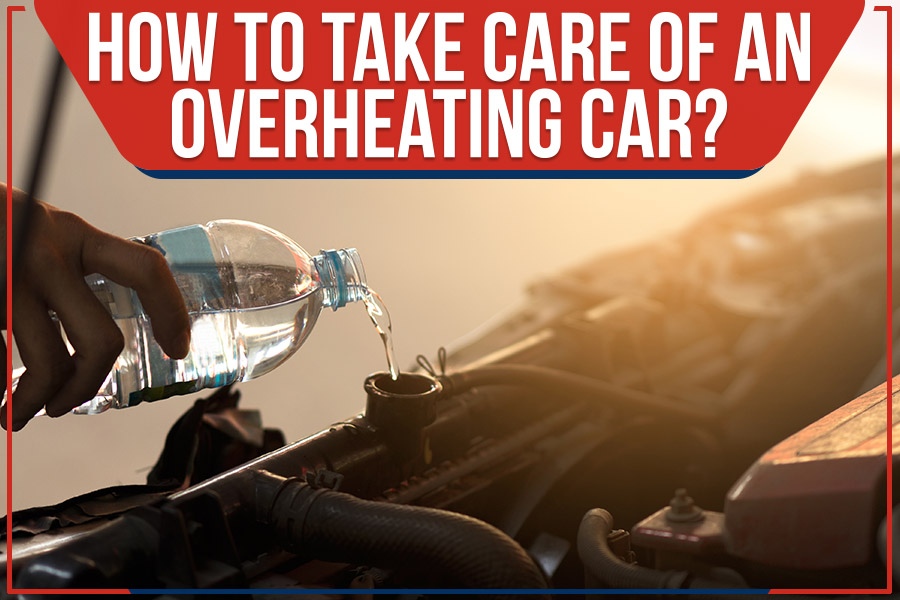
We want them to run as smoothly and efficiently as possible when it comes to our cars. But when they start overheating, that’s definitely not the case! If your car has been getting a little too hot for comfort, follow these tips to bring it back down to a painless temperature.
Keep in mind that prevention is always better than cure, so be sure to take steps to avoid car overheating in the first place. But if you’re already experiencing these problems, read this Feldman Chevrolet of Lansing blog for some useful advice!
Why’s My Car Overheating?
For starters, it’s important to know what could be causing your car to overheat. There are a few different reasons this might happen, and it’s not always easy to figure out which one is to blame. Here’re some of the most common causes of car overheating:
- A coolant leak: This is perhaps the most obvious reason your car starts running hot. If there’s a breach in your radiator hose, coolant will start leaking out, which can quickly lead to engine overheating.
- Bad water pump: A water pump circulates coolant through your engine. If it’s not working properly, that can cause your car to overheat.
- Radiator problems: A radiator is essential for keeping your engine cool. If it’s cracked or otherwise damaged, it won’t be able to do its job properly.
- Thermostat issues: The thermostat regulates the flow of coolant through your engine, and if it’s stuck closed, that can cause your car to overheat.
- Fan problems: The radiator fan helps keep the air flowing through the radiator. If it’s not working properly, that can lead to overheating.
Taking Care of An Overheated Car
Here’re some tips on how to take care of an overheated car:
- Turn Off The Engine
As soon as you observe that your car is overheating, the first thing you should do is turn off the engine. That will help prevent progressive damage to the engine.
- Cooldown The Engine
Once you’ve turned off the engine, you need to cool it down as quickly as possible. The best method to do this is to use a hose or a jug of water to pour over the radiator.
- Check The Coolant Level
Once the engine has cooled down, you must check the coolant level. If it’s low, then you’ll need to add more coolant.
- Check For Leaks
Once you’ve checked the coolant level and added more, you should look at the engine to see if there are any leaks. If you notice any leaks, this could indicate that there is something wrong with your engine, and it may need to be repaired or replaced.
- Have The Car Serviced
If your car keeps overheating even after following these tips, you should have it looked at by a mechanic. Maybe there is an issue with some components of the cooling system, such as a leaky hose or faulty thermostat. Getting your car serviced regularly can help prevent these types of issues from developing in the first place.
Feldman Chevrolet of Lansing, serving Durand, MI, can help you maintain your engine and keep it from overheating. Whether you have a new or used Chevy car or truck, we’ll give it the treatment it needs to stay operational for years to come.
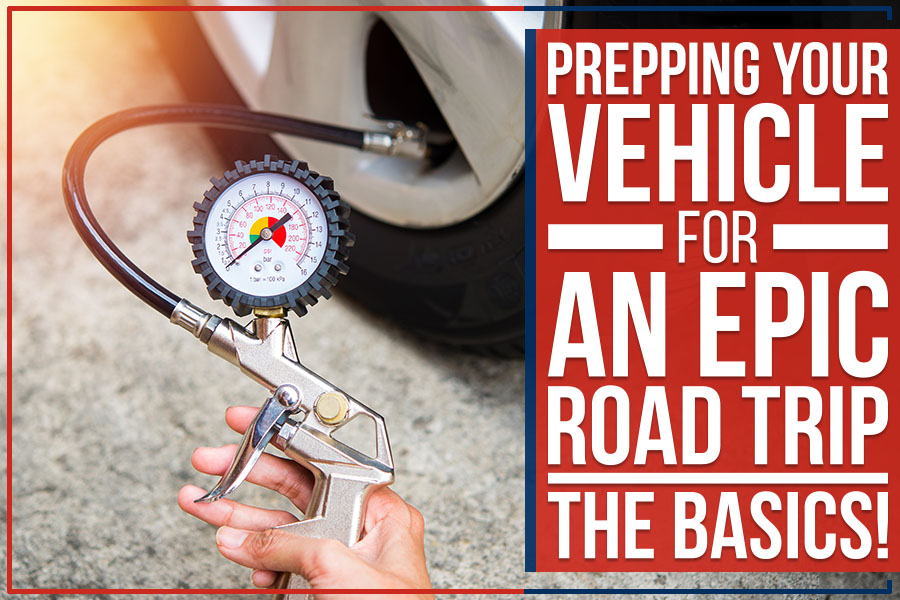
Are you planning a road trip? If so, congratulations! Road trips are some of the best ways to explore new places and create lasting memories.
Before hitting the highway, you should prepare your vehicle for the journey ahead. After all, you’ll want your car or truck to be in tip-top shape for the long journey ahead. Here are four tips to get your vehicle ready for an epic journey ahead.
1. Get A Tune-Up.
It’s always good to tune up your ride before embarking on a road trip. A tune-up involves a professional inspecting your vehicle to ensure that everything is in working order. A tune-up is essential if your car’s older or you plan on driving long distances.
2. Check Your Tires.
Poor tread depth and inflation levels can lead to blowouts and other tire problems. Be sure to check your tires before hitting the road to avoid issues. Please ensure the tires are properly inflated and have enough tread left on them. It’s also a good idea to have a spare tire in an emergency.
3. Pack An Emergency Kit.
You never know what could happen on a road trip, so it’s always best to be prepared. Pack a small bag of essentials like a first-aid kit, jumper cables, and a flashlight. This way, you’ll be able to handle any situation that comes your way.
4. Check All Essential Fluids –
Before setting off, it’s essential to check all the essential fluids in your vehicle. This includes engine oil, windshield wiper fluid, and coolant. Ensure all necessary fluids are at the proper levels to avoid issues while on the road.
Maintenance Tips to Follow During the Road Trip
1. Watch Your Coolant Levels-
If your vehicle starts to overheat, it could signify that your coolant levels are low. Check coolant levels regularly and top it off if needed.
2. Check Your Tire Pressure-
Tire pressure levels are crucial for both safety and fuel efficiency. Check tire pressure regularly and inflate them as needed.
3. Monitor Your Vehicle’s Oil Level-
Keep an eye on your vehicle’s oil level during long road trips. If the oil level gets too low, it could cause severe damage to your engine. Check the oil level often and top it off if necessary.
4. Watch for Check Engine Sign on the Dashboard –
If you see the check engine sign on your dashboard, it’s essential to get a mechanic to inspect your vehicle as soon as possible. This can be a sign of serious problems.
5. Plan Your Route Ahead of Time-
It’s essential to plan your route ahead of time to know where you’re going and how long it will take to get there. This will help you avoid getting lost or making unnecessary stops.
Avoid potential hassles on the road and schedule a pre-emptive auto-repair session with our team at Feldman Chevrolet of Lansing, serving Jackson, MI. We offer convenient vehicle maintenance solutions that ensure your ride is in top shape before it hits the highway.
Schedule a service with us right before you hit the road!
Spark Plugs: Which Suits Your Chevrolet?
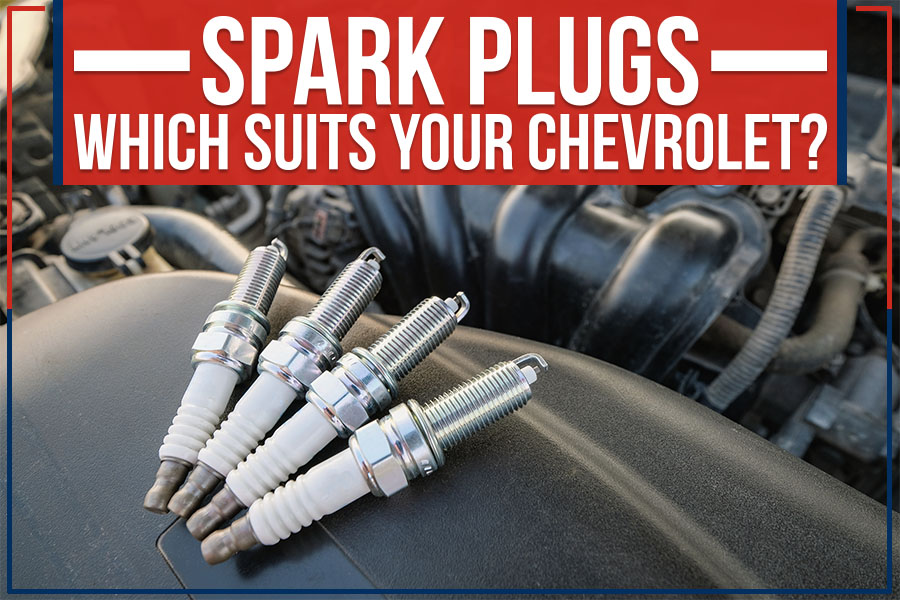
Unless you’re a mechanic, the term “spark plug” probably doesn’t mean much to you. And that’s okay! Spark plugs don’t get much attention until they start causing trouble. But knowing what spark plugs do and what kind of spark plugs your car needs is an essential part of car ownership. This blog explains spark plugs and what kind of spark plugs are best for your Chevrolet. So read on and learn something new!
Why are Spark Plugs Important, and Why Does Your Car Need Them?
Spark plugs are integral to your engine’s performance. They help ignite the air/fuel mixture in the cylinders pumping your engine. Your car’s spark plugs need regular replacement to keep running correctly.
Over time, external dirt and debris damages spark plugs, prompting the engine to misfire or run poorly. If you experience any problems, replace your spark plugs.
How to Determine What Spark Plugs You Need?
The spark plugs you use need to match the model of your engine. Check your car’s owner’s manual or maintenance schedule to find out what spark plugs you need.
You also need information on the engine size and type—the size lists in liters (L), such as 2.4 L. The type is usually 4-cylinder, 6-cylinder, or 8-cylinder.
Match these numbers with the spark plug to ensure you’re getting the right plugs for your car.
What are the Different Spark Plugs Types?
There are three types of spark plugs: iridium, platinum, and copper.
- Iridium spark plugs are the newest type on the market. They have a small electrode that helps create a strong spark.
- Platinum spark plugs have a slightly larger electrode than iridium plugs. They don’t last as long as iridium plugs, but they’re less expensive.
- Copper spark plugs offer the best conductivity of the three types. They’re also the least expensive, but they don’t last as long as the other two types.
How Often Should You Replace Spark Plugs?
It’s generally recommended that you replace your spark plugs every 30,000 miles. However, this number can vary depending on the type of spark plug and the type of vehicle you have.
For example, iridium spark plugs can last up to 60,000 miles before they need replacement.
Spark Plug Maintenance Tips
Here are a few tips to help keep your spark plugs in good condition and working correctly:
- Check your vehicle’s owner manual. It will have specific information on when you should replace your spark plugs.
- Inspect your spark plugs regularly. If you notice any damage, such as cracks or uneven wear, replace them immediately.
- Use the correct type of spark plug for your vehicle. Using the wrong spark plug can cause engine problems.
- Follow the manufacturer’s instructions when installing new spark plugs. Incorrect installation can damage the threads in the cylinder head and cause engine misfires.
We ensure your vehicle is in top condition at Feldman Chevrolet of Lansing, serving St. Johns, MI, thanks to our quality vehicle repair services. Our auto technicians will help you install, repair, and replace spark plugs that optimize engine performance.
Schedule a service today and sign up for quality cars!





